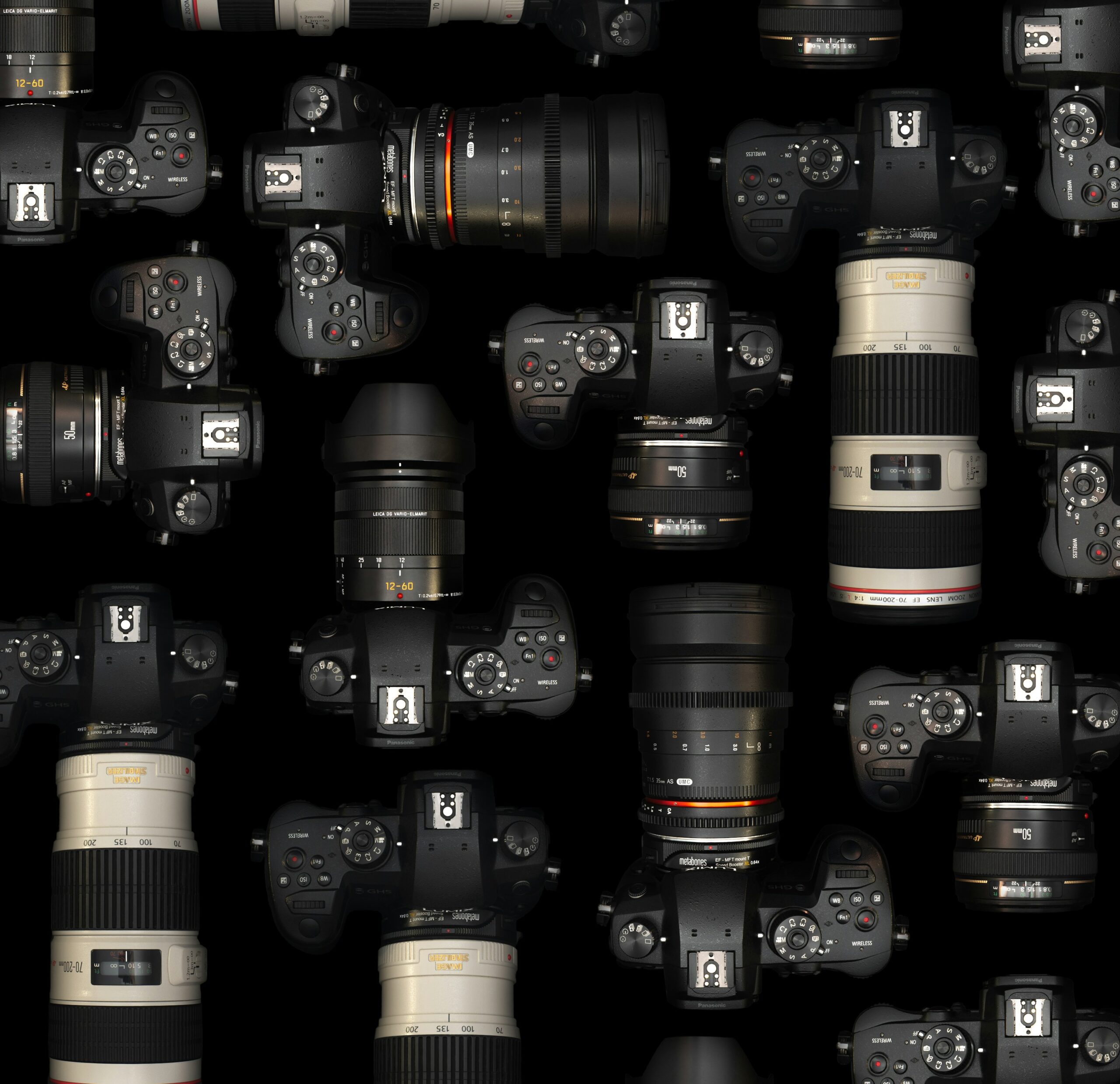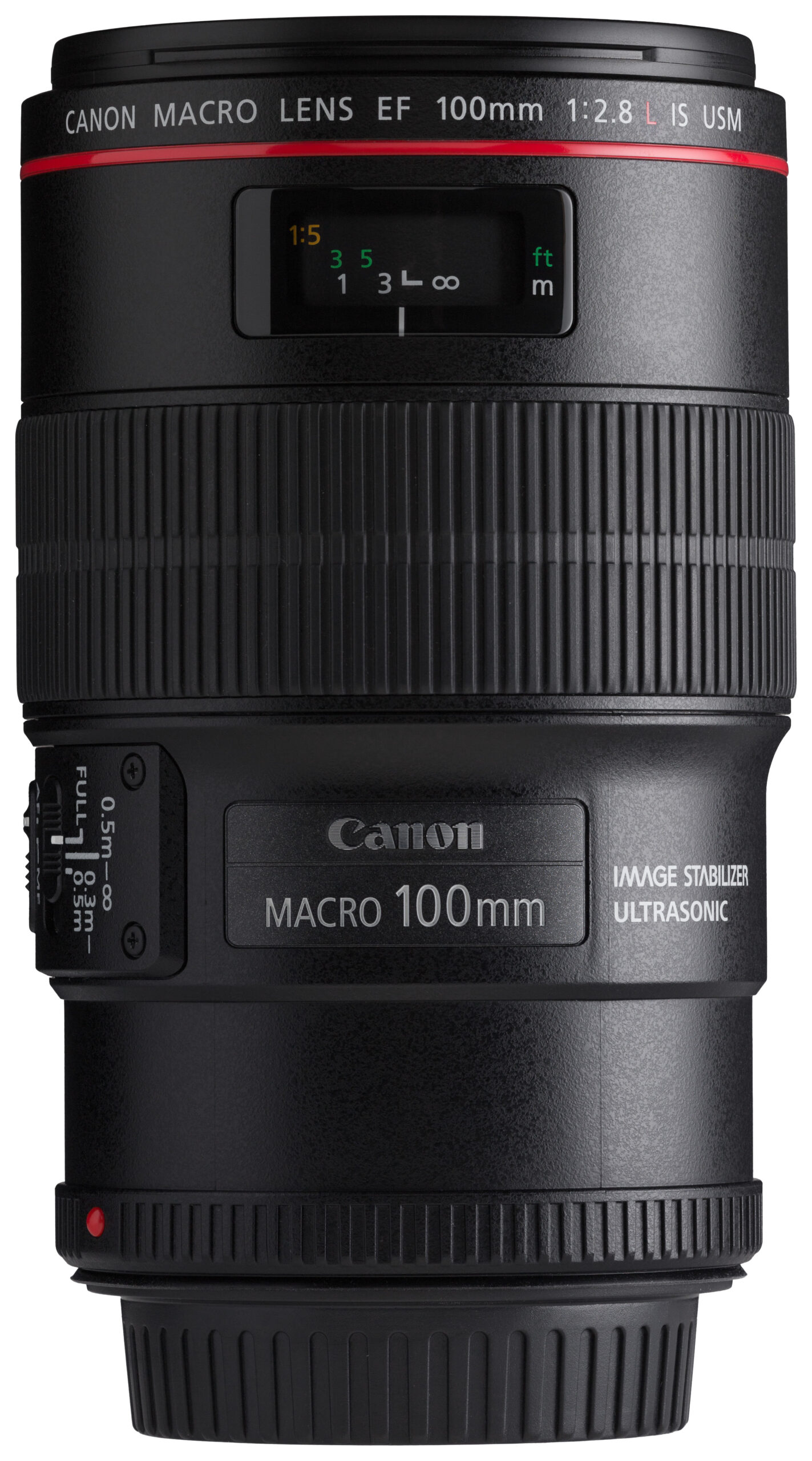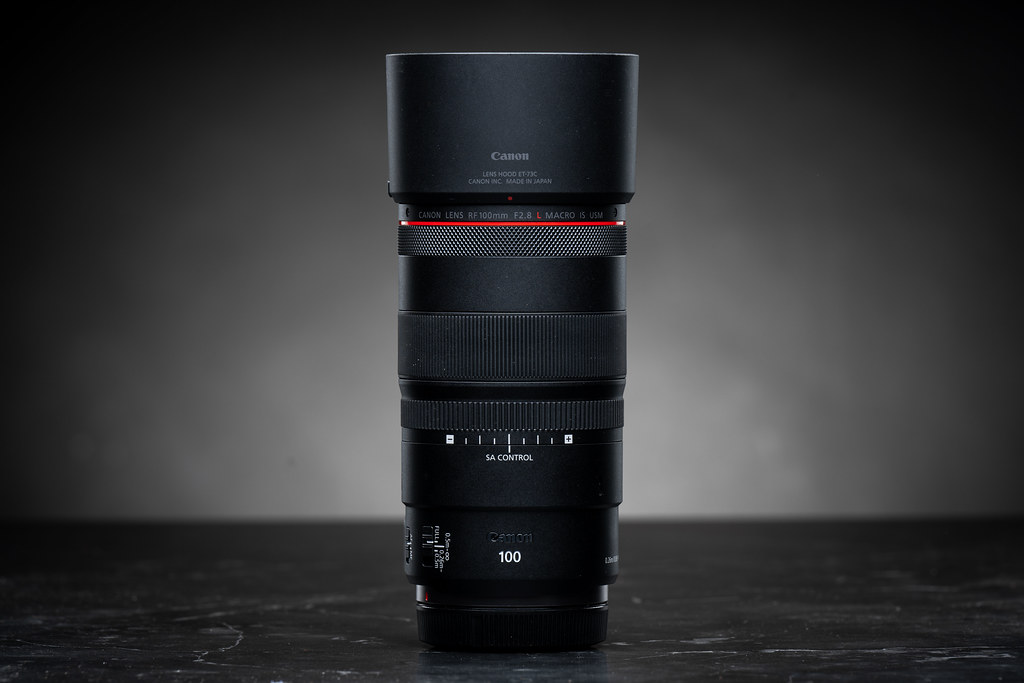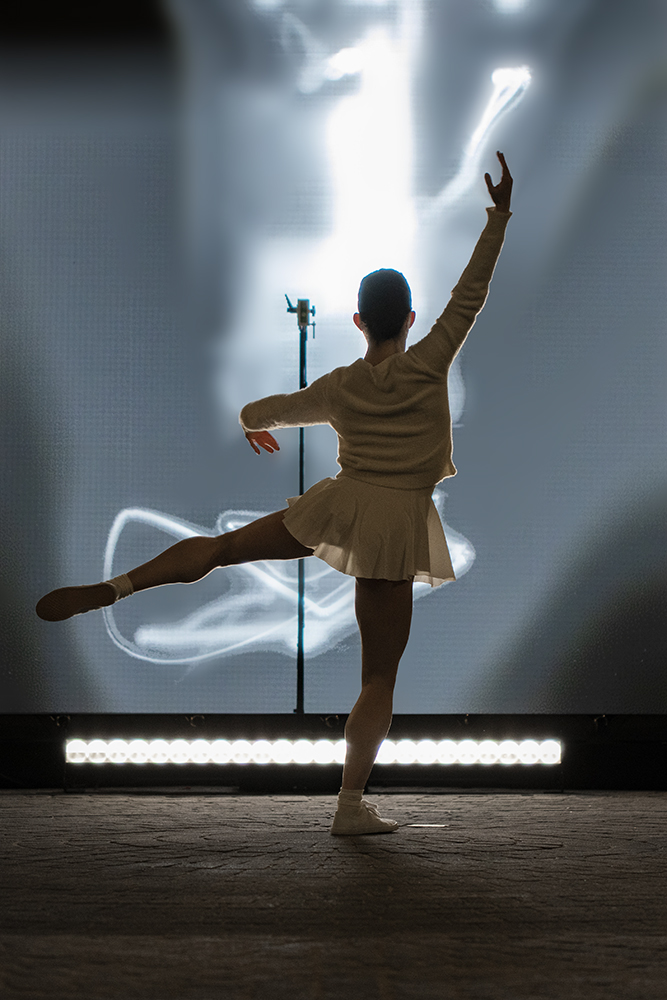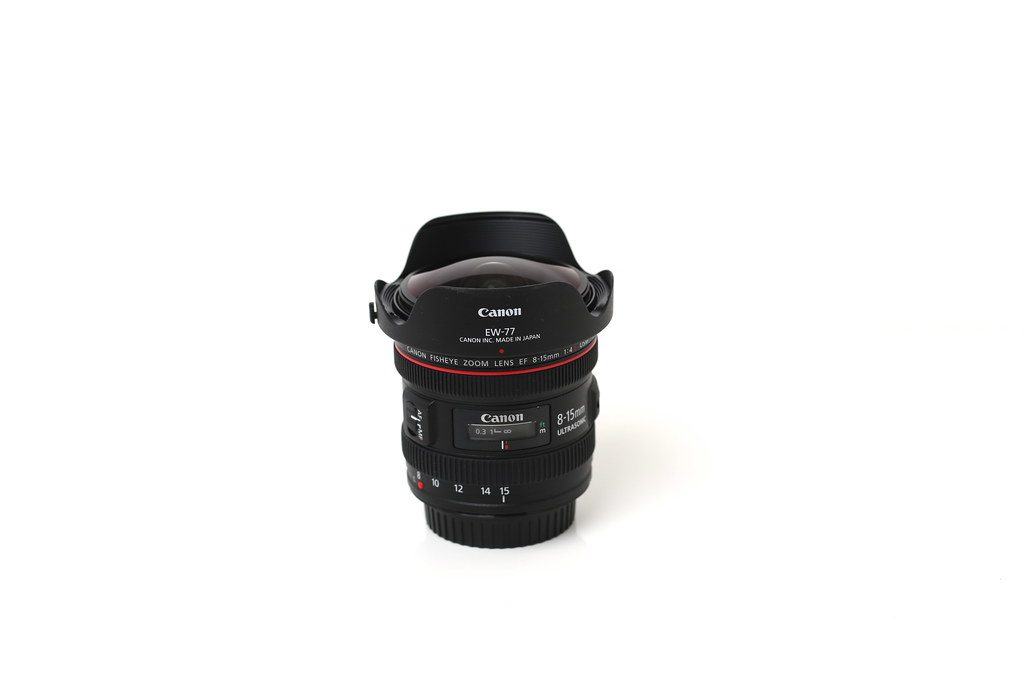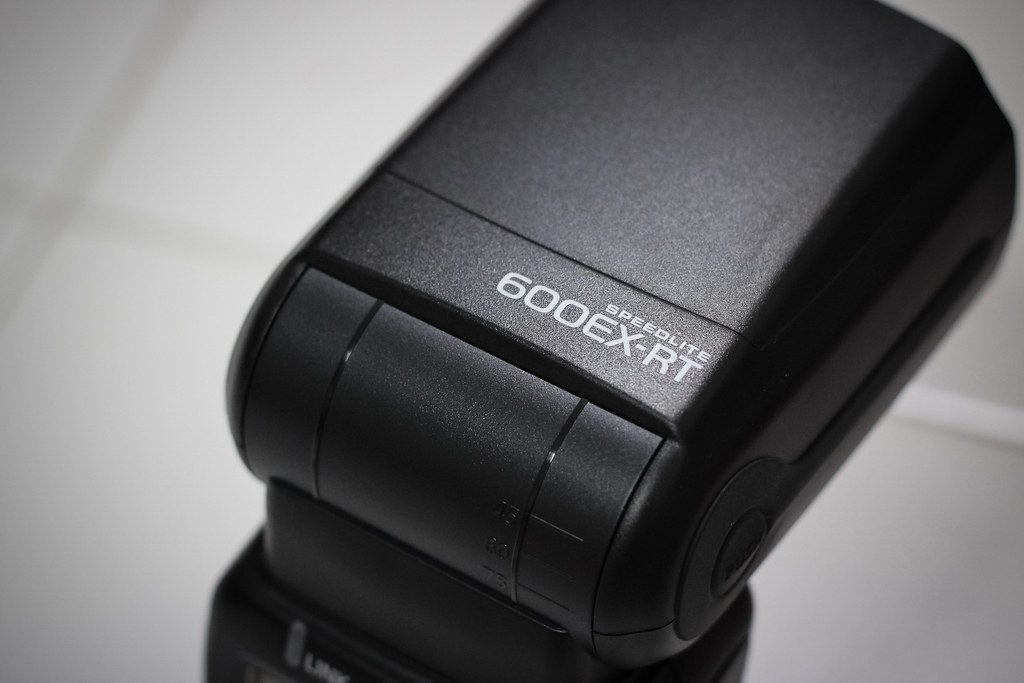Is there even an answer to that question? In this post, I’ll go over what I consider are the best lenses for architectural photography, essentially giving you a peek into my camera bag and sharing insights on what works best for capturing the essence of structures.
When hunting for the perfect wide-angle lens, the main key factors are minimal distortion, sharpness across the frame, and a wide aperture for those low-light conditions. For a 35mm lens, look for exceptional image quality and a fast aperture, which is crucial for versatility and depth of field control. This guide is tailored from my experiences, aiming to help you make informed decisions whether you’re shooting skyscrapers or intricate interiors.
Canon EOS R5: A great engine for architectural photography
Important note – The Amazon links in this article to the lenses I use goes directly to the lens with a Canon mount. If you are using another camera, make sure you change the mount in the settings on Amazon’s website.
The Canon EOS R5 revolutionizes architectural photography with its 50-megapixel sensor, offering unparalleled detail and dynamic range essential for capturing the intricate textures and contrasts of buildings. Its 8K video recording capability makes it great for creating detailed architectural walk-throughs, allowing every frame to be a high-quality photograph. What sets the R5 apart for me, particularly, is its vari-angle LCD touchscreen which is helpful in small spaces where standing directly behind the camera isn’t possible.
This feature is invaluable, enabling easy composition of shots from challenging angles, thus encouraging creative experimentation. The EOS R5’s combination of high-resolution imaging, advanced video capabilities, and a flexible display makes it an indispensable tool for capturing the architectural beauty of New York, from grand vistas to the finest details.
EF vs. RF lenses
Transitioning to the Canon EOS R5, I’ve encountered the challenge of adapting my existing EF lenses to the new mirrorless mount.
Fortunately, a this adapter allows me to use my lenses without compromising on image quality or autofocus speed.
This setup not only saves me from immediately investing in new RF lenses but also lets me fully leverage the R5’s capabilities with the gear I already own.
There are several options but I find that the Canon EF-EOS R Mount Adapter works very well.
Wide-angle lenses for architectural photography
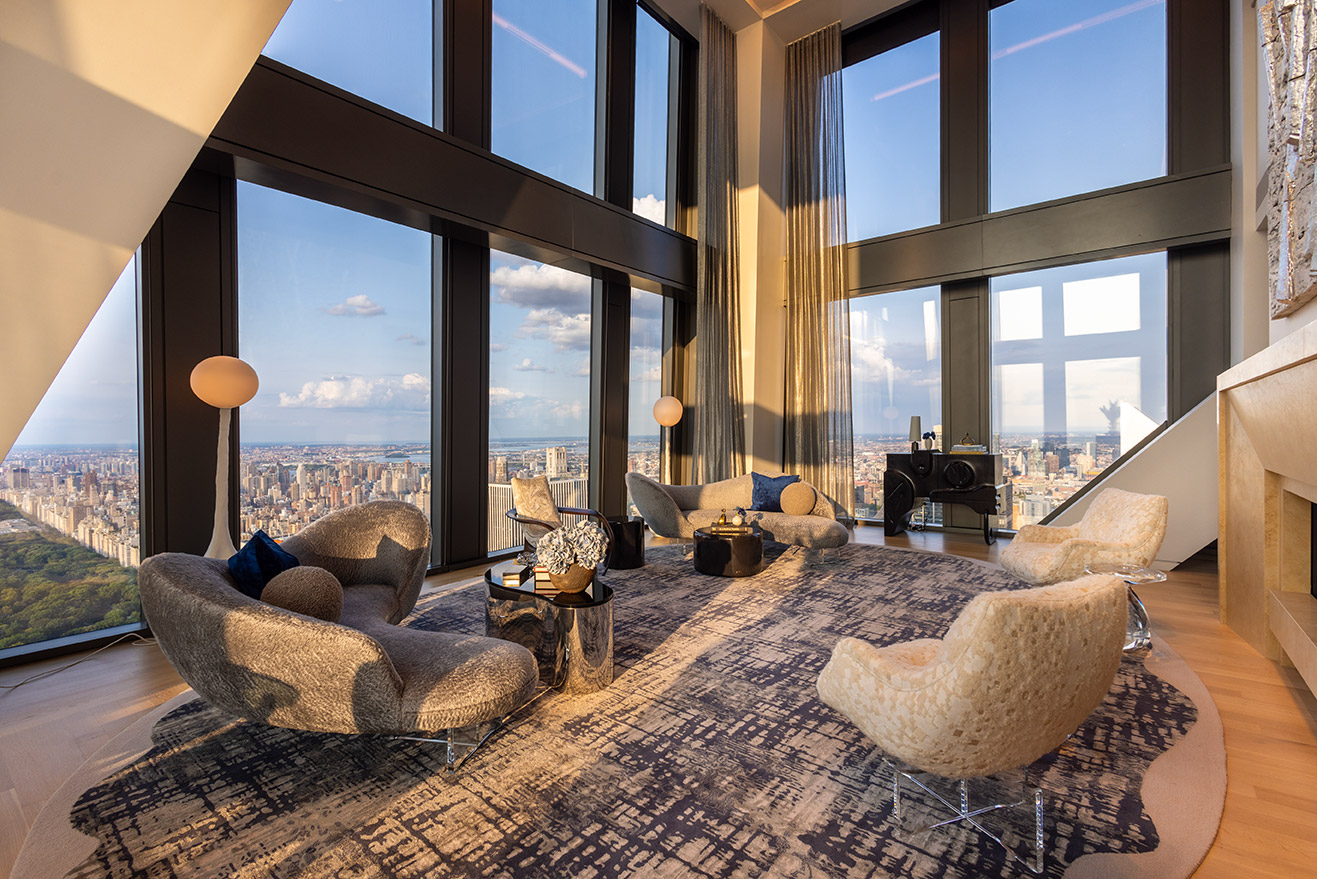
A wide-angle lens is the foundation architectural photography is built. I have worked with many different wide-angle lenses over the years. My Sigma 12-24mm recently gave out so I had to get an emergency lens: Canon RF 16mm f/2.8 STM which is surprisingly good. It is also very light and I have to look twice to make sure I actually have a lens on the camera.
The next lens I will likely purchase is the Canon RF 15-35mm f/2.8L IS USM. It is supposed have great image quality and a good focus distance of 0.92ft/0.28m.
What should I look for in a wide-angle lens?
For architectural photography, a 16mm lens is often the sweet spot to get nice wide scenes without excessive distortion. It’s important that you prioritize lenses with minimal distortion, and make sure that structures appear as intended. A lens doesn’t necessarily have to cost a lot, though you should always try the lens and look at the image quality before buying.
Detail and texture
Detail shots that reveal the texture, material, and craftsmanship of architectural features require a lens with exceptional clarity and macro capabilities. The Canon EF 100mm f/2.8L IS USM Macro is a great lens for architectural photography. It is a great lens that I use to photograph details and facades of buildings. It still works great so I will definitely hold on to it for some time.
When it’s time to upgrade this, I will probably move towards getting the Canon RF 100mm F2.8 L Macro IS USM which will work on Canon EOS R5 without a mount adapter.
Reach and precision
As a former/not-as-much-anymore landscape and wildlife photographer, a good zoom lens has to be a part of my gear. I love being in the nature and you don’t want to spot a moose or a bird and not have the lens to capture it. I love my Sigma 150-600mm 5-6.3 Contemporary DG OS HSM lens offers incredible reach and sharpness at a great price! It’s not really a lens for architectural photography but it is definitely in the bag when I travel. With an X2 extender, I can reach 1200mm which is great when shooting the moon for example!
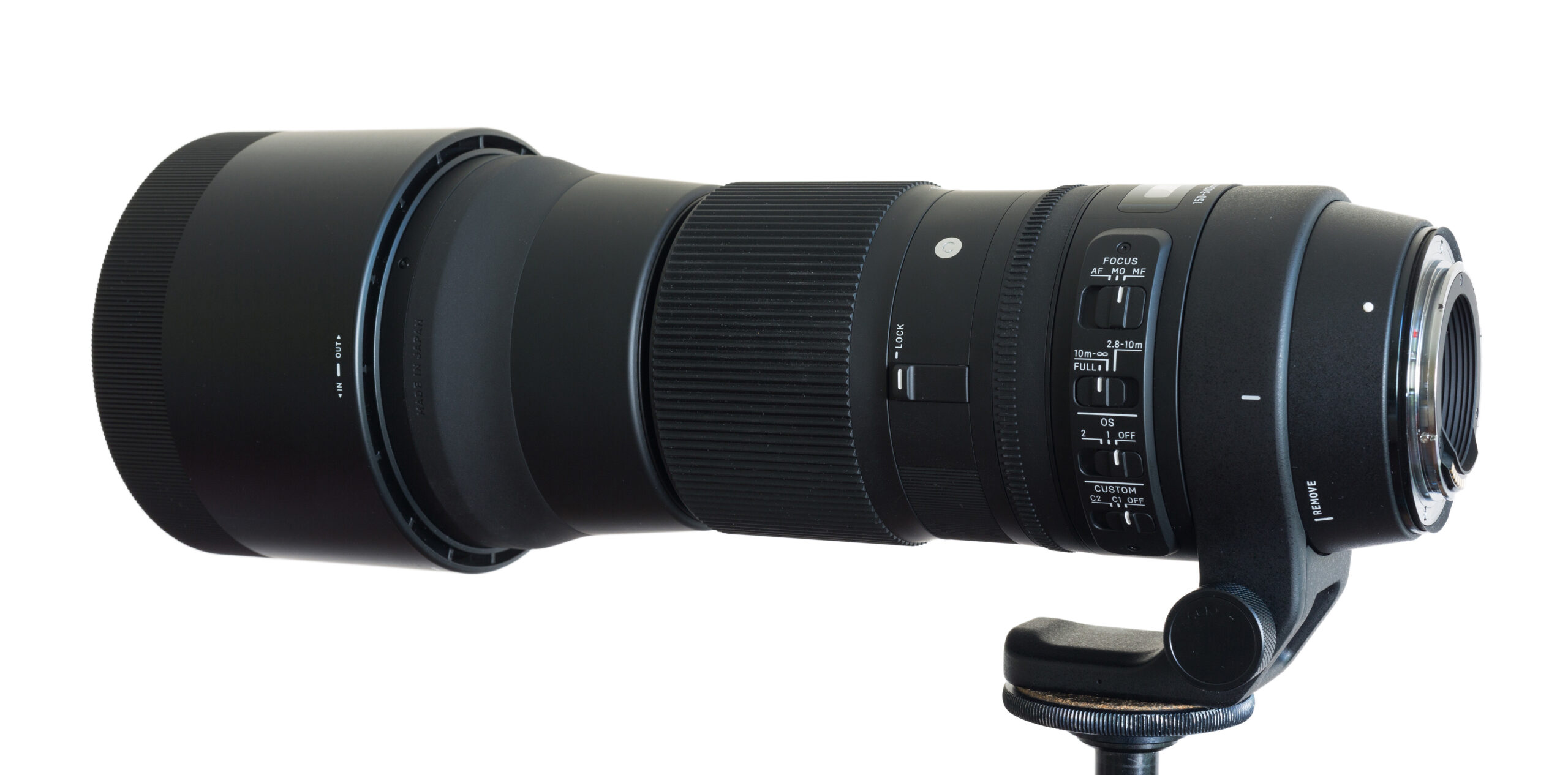
Street-level perspectives
The Sigma 35mm f/1.4 Art DG HSM is another important lens in my bag. I primarily use it to get interior detail photos of decor or interesting finishes. It is a great tool to make a listing look even more professional. It is also a great lens for events thanks to its fast auto focus.
When you’re in the market for a 35mm lens for architectural photography, you’ll want to zero in on lenses that offer you crisp image quality and a wide aperture. This gives you the flexibility you need in varying light conditions.
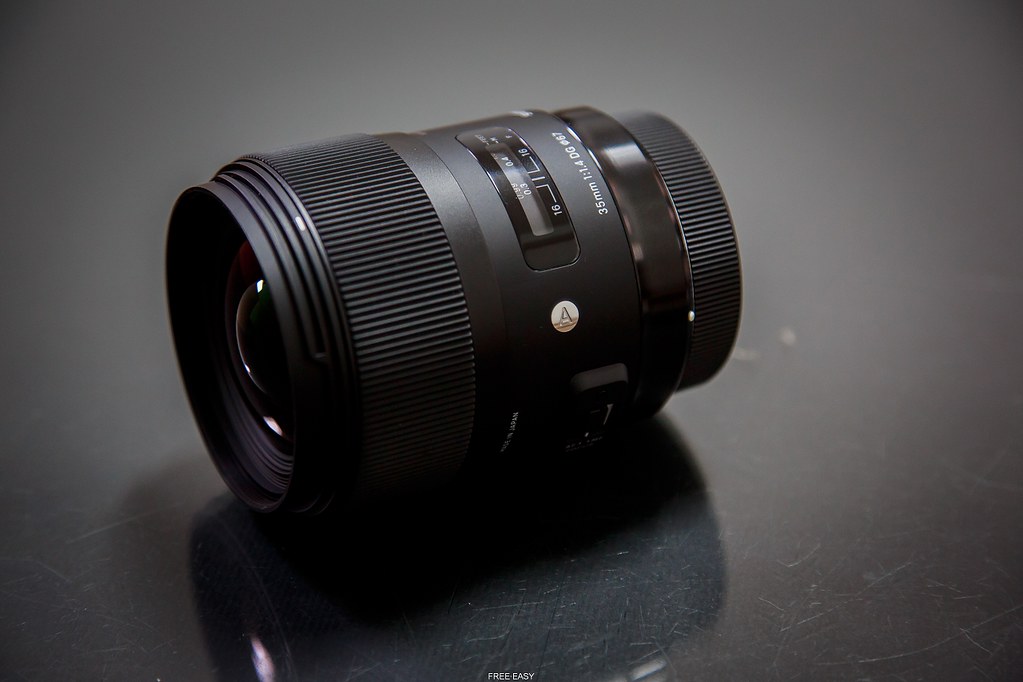
The 35mm focal length is ideal for you to strike a perfect balance between capturing detailed close-ups and wider architectural scenes, providing a perspective that feels both natural and compelling.
Before you make your purchase, it’s crucial for you to test the lens yourself. This ensures it meets your specific needs. Remember, investing in quality will significantly enhance the impact of your images.
Creative perspectives
For those moments when you’re aiming to capture a unique or surreal perspective, the Canon EF 8-15mm f/4L Fisheye USM lens opens up a world of unparalleled creative possibilities for you. This lens allows you to experiment with extreme angles and perspectives, giving you the ability to warp reality in your architectural photography in ways you might not have imagined possible.
Whether you’re looking to emphasize the curvature of a modern architectural masterpiece or create a panoramic view that envelops the viewer, this lens provides you with the tools to do so. Before using this lens, I’d say take some time to play with its range, so that you can fully understand the creative options it offers.

External flash
Although I mostly work with natural light, it is important to have access to a flash, and the Canon SpeedLite 600 RT provides the versatility and power I need to illuminate my subjects better.
Each piece of equipment in my toolkit serves a specific purpose, enabling me to capture the architectural beauty of New York with precision, creativity, and a deep respect for the art of architecture. Through my lens, I strive to tell the stories of these structures, from their grandest expressions to their most intimate details, sharing the architectural splendor of the city with the world.
A backpack large enough to fit the gear and small enough for travel
I’ve always been a fan of Lowepro’s backpacks. The one I find comfortable and the most useful for both work an leisure is the Lowepro Pro Trekker BP 350 AW II 24L Camera Backpack. It’s an great choice for any photographer thanks to its capacity with traveler-friendly features. This backpack hast he ability to easily accommodate my photography kit, including multiple cameras, lenses, and accessories, thanks to its customizable interior with padded dividers. What i also find very useful is the all-weather cover ensure your gear stays protected against bumps, scratches and the heavy NYC rain.
One of the reasons I find this backpack invaluable is its compatibility with airline regulations for personal items. When flying, it’s crucial to keep your expensive and sensitive photography equipment with you. The dimensions are tailored to fit under the seat in front of you or in overhead compartments, eliminating the need to check in valuable gear and thus reducing the risk of damage or loss during transit. I haven’t had any issues using it as a personal item, but don’t take my word for it working with any airline! 🙂



